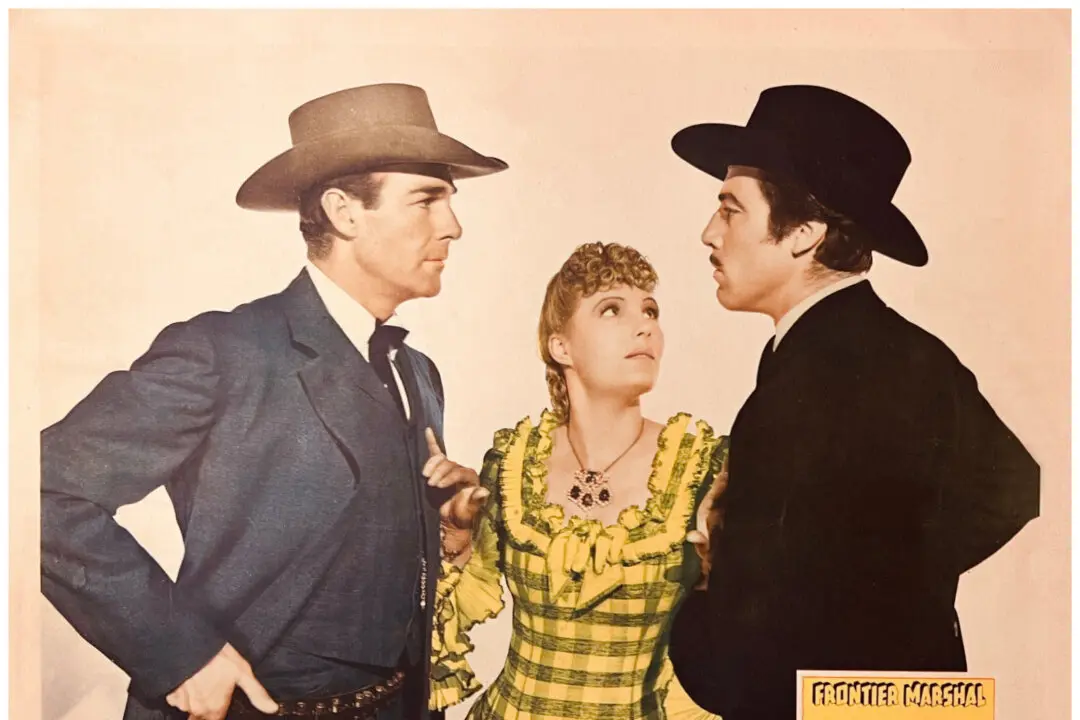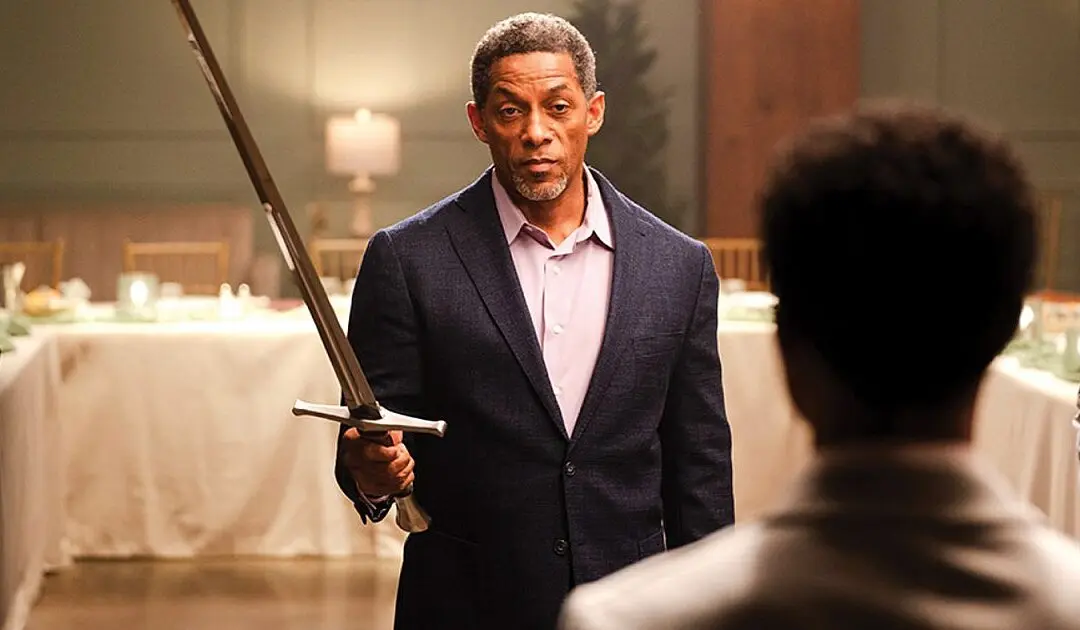PG | 1 h 36 min | Drama | 1958
Courts in early 20th-century America used chain-gang prison labor to help build state roads, highways, bridges, and railroads. This phenomenon, of largely black prisoners pounding rock and shoveling dirt while chained to each other, died out with the Great Depression, although some southern states used these gangs until the mid-20th century.




